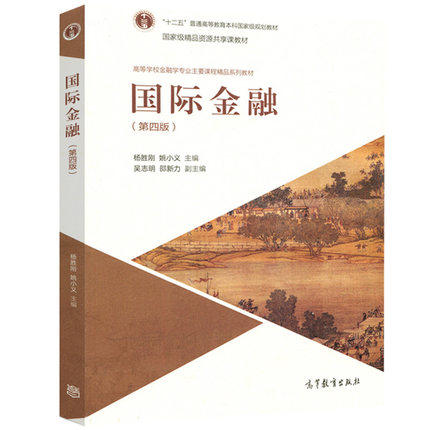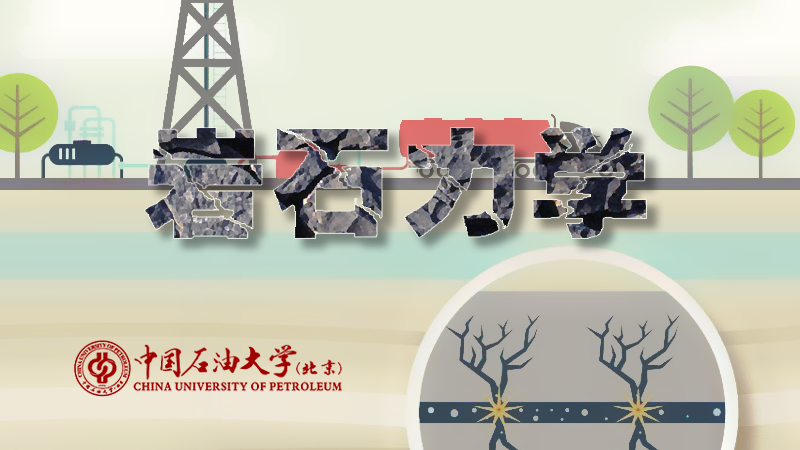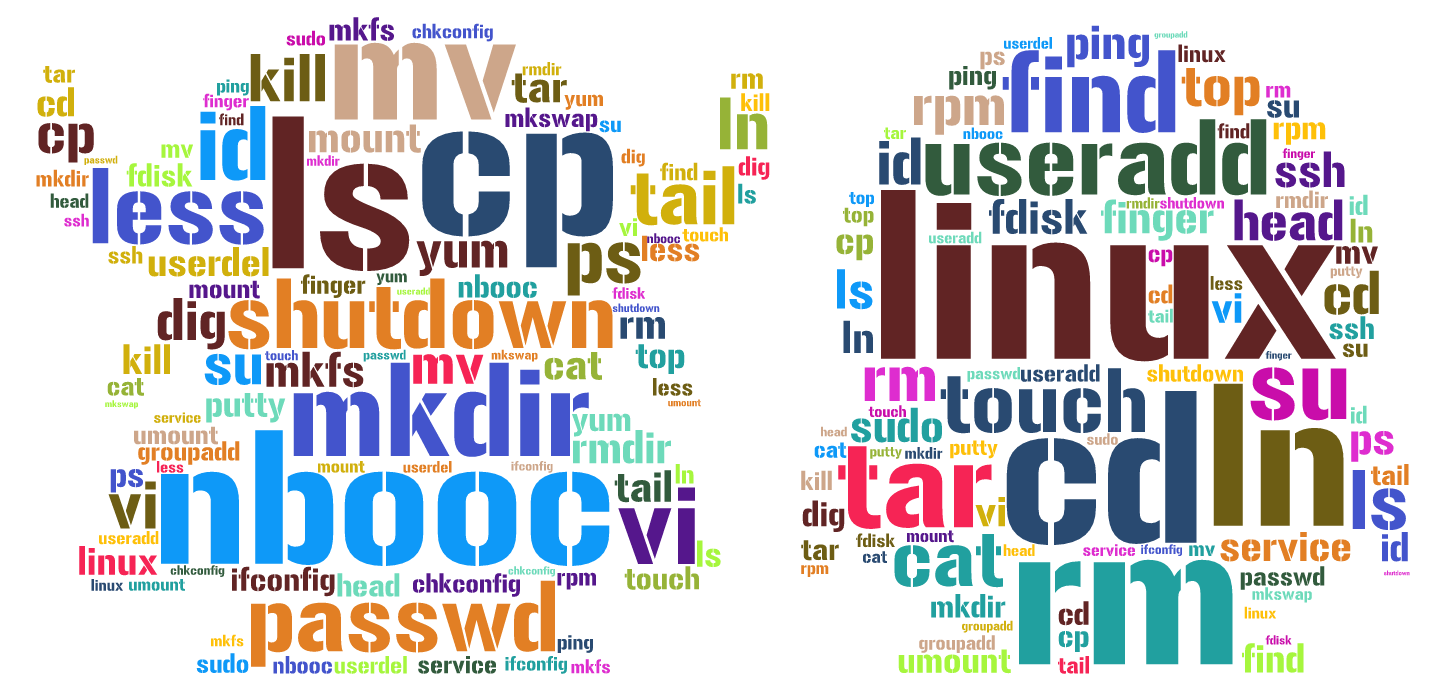
当前课程知识点:环境工程专业英语 > 6. Brief introduction of journal paper writing and publication > 6.1 What makes a great paper > 6.1 What makes a great paper
同学们好
我们开始今天的课程
今天 我们学习期刊论文写作
在之前的课程中
你已经基本了解
如何开展好的研究
在接下来的课程中
我将介绍一些
针对期刊论文的实用写作技巧 模板
期刊论文写作的目的是
使你充分训练
阅读材料的能力
来提高科研工作中需要的写作技能
并且使你学习到
怎样去挖掘结构
组织 语法
和词汇的使用惯例
在你所在领域的学术写作中
可以为你提供一个工具
让你以相似的方式
在相似的水平上进行写作
可以帮你学习到
一篇研究论文
一般是怎样写作的
使你用常规的方式
写研究论文
通常 如果你的语言水平不高
你可用常规的方式
语言写论文
这样相对较容易
怎样写好一篇论文
我认为 首先
你需要做一项好的研究
从提出好的研究问题开始
随后确定研究方法
和有趣的核心主题
然后 写论文就水到渠成了
当你开始准备撰写期刊论文
你可能觉得这很难
尤其是用英文写作
但是语言不是关键问题
当你写不出来时
是因为你不知道想在论文中表达什么
所以写论文的第一部工作就是
构建你的思维
现在我们学习如何构建思维
也许使用概念图
可以有所帮助
或者使用提纲
来构建思维
然后 填满概念图中的每一部分
就像写开题报告一样
你可以在开始写作前收集一些资料
包括公式 图片
需要的表格等
然后 整理数据
大部分想法都能转化成
系统数据和分析
首先 你可以将其写于
一张A4纸上
然后 暂定一个题目
写在最上面
就像我之前在写开题报告中提到的一样
然后将纸分成几个部分
写下每部分恰当的标题
且保证在各自特定区域内
然后随便写些该部分
你能想到的内容
如段落标题 图片和想法等
像这张图中一样
你还记得这张图吗
是我们在讲解开题报告写作中讲到的
这个概念图就展示了这种结构
并且每部分都有足够的空间可供写作
这易于帮助你去构建思维
在制作概念图时 要注意间隔
逻辑顺序及其搭配方式
并记得你的写作对象是谁
要告诉他们其所想知道的内容
而不是他们已经知道或者不想知道的
我们知道
期刊论文要给读者带来一些创新想法
而不是他们所已熟知的内容
举个例子
一些学者基于此研究背景
做了一项研究
有毒有机化合物在大气中的
吸附和反应
他的假设是 粒子表面
是有机化合物在大气中反应的
重要场所
其研究课题为
PM25中有机物的
产生和分布
他监测并比较了
PM25 TSP中有机物的合成
并且尝试确定其日变化
和季节变化情况
完成研究后
他们得出如下结论
首先得出了有机物的日
季节变化情况
太阳辐射
温度和湿度的影响
然后他们得出结论
PM25中有机物浓度更高
即有更高的比表面积
或体积比用于吸附
他们也发现
PM 25中高浓度的
极性有机物
是由于表面反应的增强
这是一张基于该研究的概念图
我们可以发现这张图包括
摘要 引言 方法 结论
致谢和参考文献
你可以基于这样的
概念图进行思维构建
通常我们最后撰写摘要部分
我们可以这样写提纲
首先 列出你的主要观点
第二步 将其组合成各部分
然后 将各部分
拆成各段落
最后 提高语言和细节的连贯性
让我们看一下这两段话
比较一下
看哪个更像学术写作
让我们看一下这两段话
让我们看一下这两段话
比较一下
看哪个更像学术写作
第一段是
世界各地的许多基金会都在思考
如何给新研究者
更多机会获得补助金
返回筑巢海滩的
雌性绿海龟数量
在过去的十年里一直在下降
第二段是
世界各地的许多基金会都在思考
如何给新研究者
更多机会获得补助金
返回筑巢海滩的
雌性绿海龟数量
在过去的十年里一直在下降
哪个更像是学术写作呢
让我们看一下答案
第一段的写法不太正式
因为它用了动词词组
第二段的写法相对正式
因为它用的是动词单词
像是considering和decreased
让我们看一下
学术写作中的名词化
在学术写作中
作者通常
要把动词和其他词性的词转换成名词
在学术写作中
名词化是很普遍的
这样能使文章更紧凑
可以将大量信息
概括成一句话
让我们看一下如何进行名词化的转化
你可以尽可能把动词用作名词
比如increase experiment
这些词既可以作名词也可以作名词
但你可以将其用作名词
使用动名词结构 像
He likes to write中
你可以用writing对吧
你可以写成 Writing is his favorite subject
在动词上加后缀构成名词
例如 你可以将remove变成removal
或者你可以在形容词上加后缀构成名词
例如 你可以将complex变成complexity
这里是一个例子
告诉你如何进行名词化
例如 language这个单词
然后 现有这么一段话
the international language of scientific communication
接下来 我们可以把它修改成
English as the international language
of scientific communication
然后我们就得到了一个名词
尽管这是一个很长的短语
但其仍然是名词结构 对吧
即The emergence of English as the international language
of scientific communication
读者 写作目的 目录 架构 语言
都应在学术写作中体现
把你自己定位为你的学科领域中的一员
使自己成为一个有贡献
学识渊博的成员
这里我列出了一些资源
可以帮助你进行学术论文写作
例如 你可以
从这些链接中获取学术写作的
标准短语和词汇
这是在写作中非常有用的
今天的课就到这里 同学们下节课见
-1.1 Introduction of water resource
--1.1 Introduction of water resource
-1.2 Conventional drinking water treatment
--1.2 Conventional drinking water treatment
-Task 1
-2.1 Introduction of wastewater
--2.1 Introduction of wastewater
-2.2 Introduction of wastewater treatment
--2.2 Introduction of wastewater treatment
-2.3 Physical unit process
-2.4 Chemical unit process
-2.5 Fundamentals of biological unit processes
--2.5 Fundamentals of biological unit processes
-2.6 Suspended growth biological treatment processes
--2.6 Suspended growth biological treatment processes
-2.7 Attached growth biological treatment processes
--2.7 Attached growth biological treatment processes
-2.8 Anaerobic biological treatment processes
--2.8 Anaerobic biological treatment processes
-2.9 Nutrient Removal processes
--2.9 Nutrient Removal processes
-Task 2
-3.1 Smog
--3.1 Smog
-3.2 Visibility and haze
-3.3 Particle size
-3.4 Climate change
-Task 3
-4.1 What is solid waste
-4.2 Issues in solid waste
-4.3Management of solid waste
--4.3 Management of solid waste
-4.4 Source control of solid waste
--4.4 Source control of solid waste
-4.5 Collection and transportation of solid waste
--4.5 Collection and transportation of solid waste
-4.6 Waste treatment technology
--4.6 Waste treatment technology
-4.7 Destination of solid waste treatment
--4.7 Destination of solid waste treatment
-Task 4
-5.1 A brief introduction of research
--5.1 A brief introduction of research
-5.2 How to read scientific papers and management of references
--5.2 How to read scientific papers and management of references
-5.3 Research proposal (1)
-5.4 Research proposal (2)
-Task 5
-6.1 What makes a great paper
--6.1 What makes a great paper
-6.2 Writing style of journal paper
--6.2 Writing style of journal paper
-6.3 Research article structure
--6.3 Research article structure
-6.4 Figures and tables
-6.5 Methodology(1)
-6.6 Methodology(2)
-6.7 Result
-6.8 Introduction(1)
-6.9 Introduction(2)
-6.10 Discussion and conclusion
--6.10 Discussion and conclusion
-6.11 Title
-6.12 Attribution
-6.13 Abstract and acknowledgement
--6.13 Abstract and acknowledgement
-6.14 Submission of academic paper(1)
--6.14 Submission of academic paper(1)
-6.15 Submission of academic paper(2)
--6.15 Submission of academic paper(2)
-6.16 Publication of academic paper
--6.16 Publication of academic paper
-Task 6
-7.1 E-mail expression
-7.2 The structure of presentation
--7.2 The structure of presentation
-7.3 The delivery of presentation
--7.3 The delivery of presentation
-7.4 Question and answer session
--7.4 Question and answer session
-7.5 Chairing a conference



